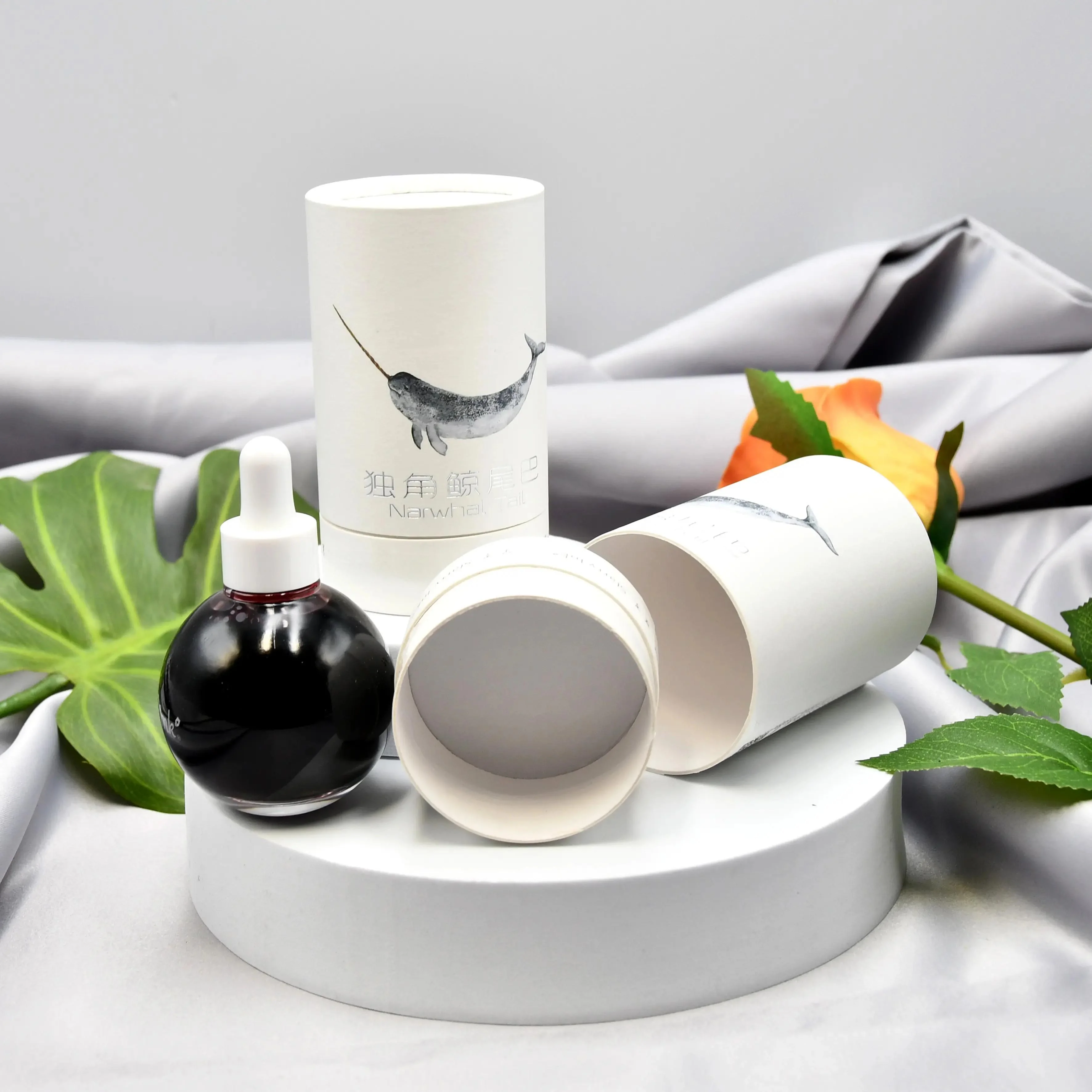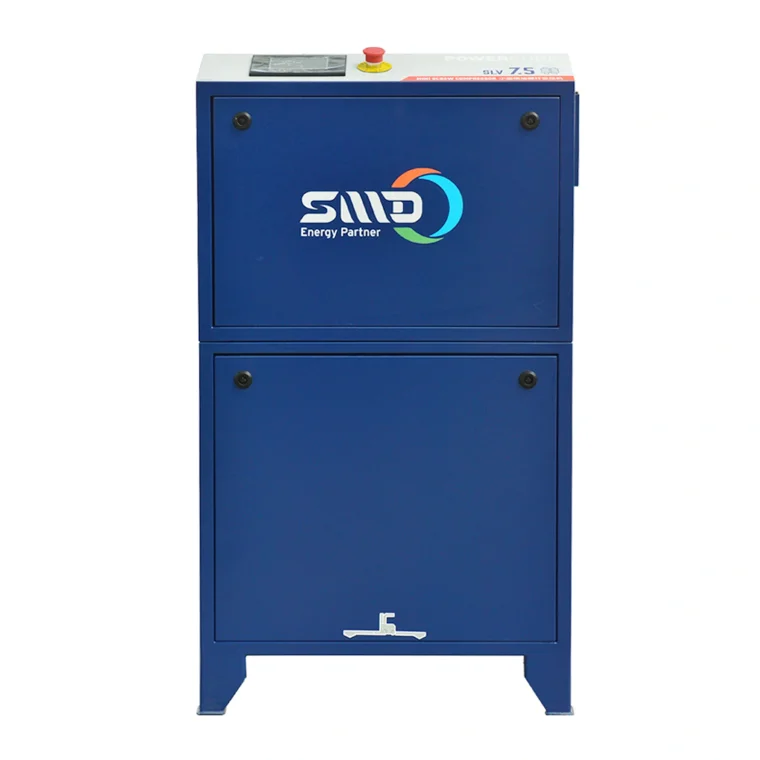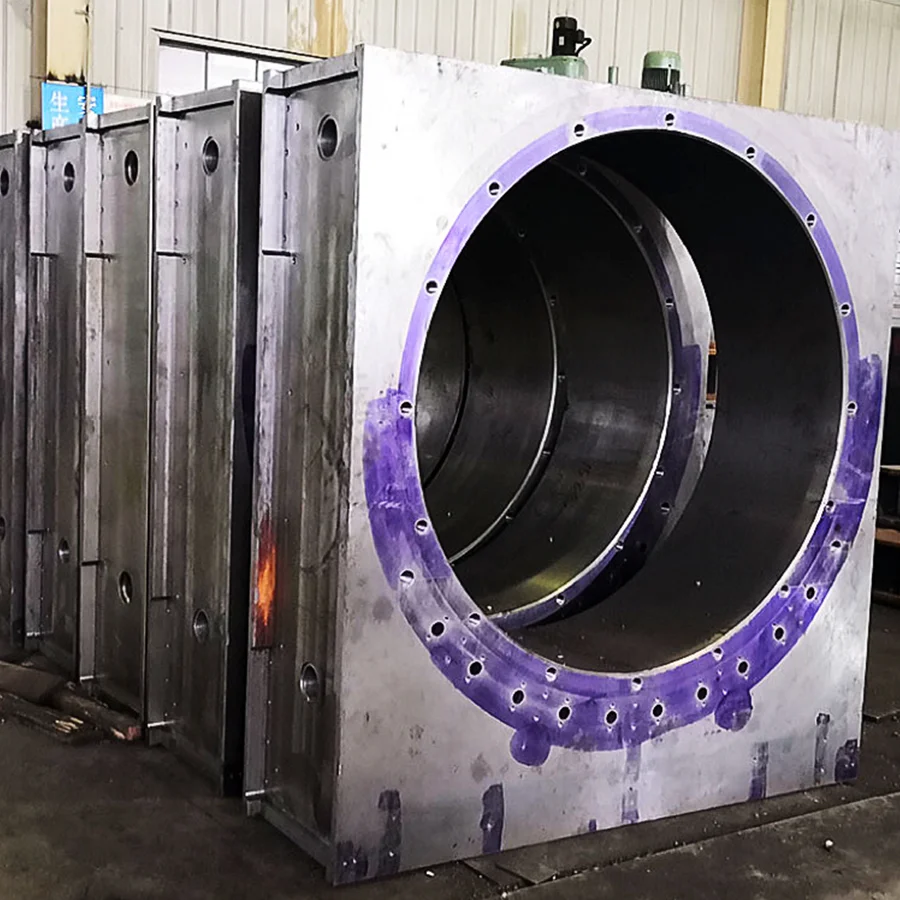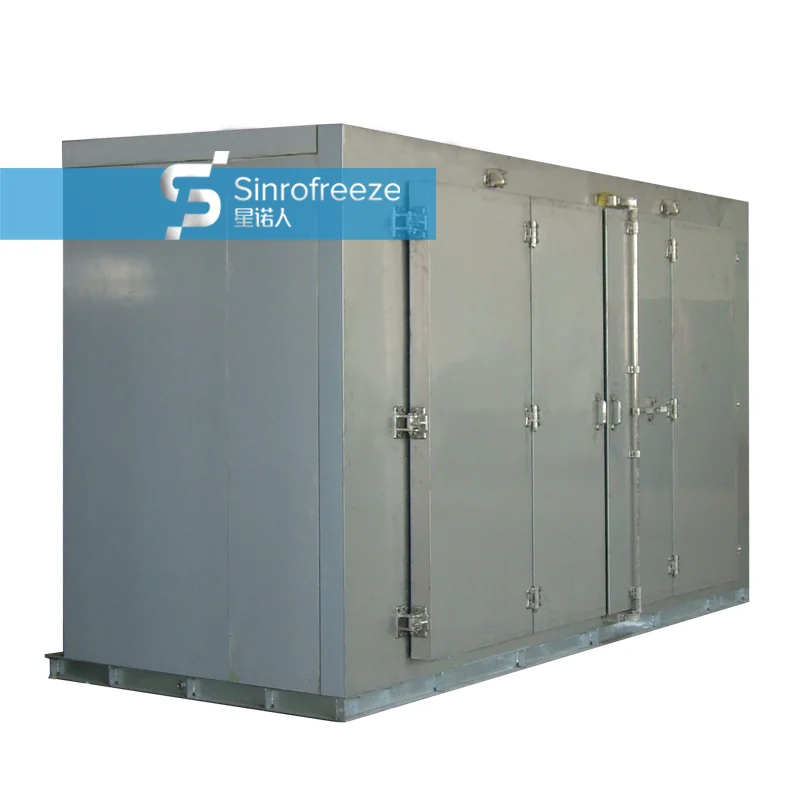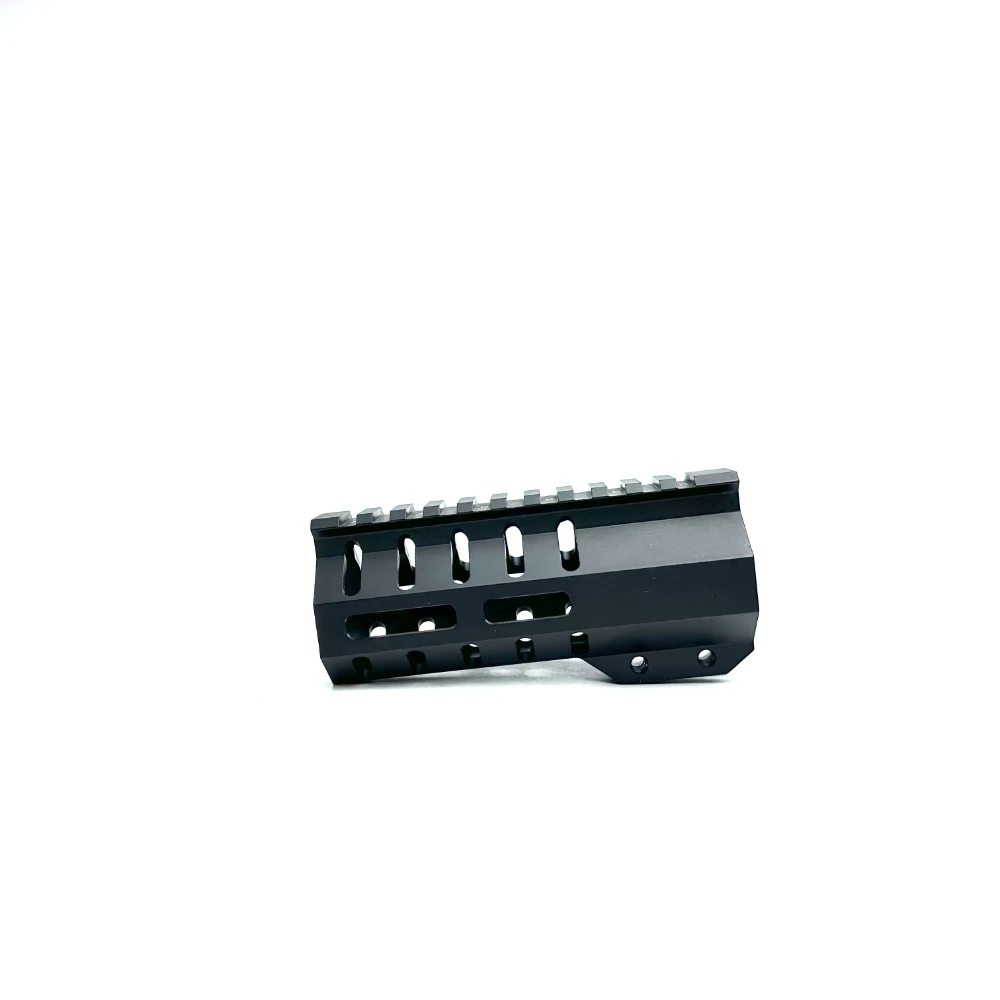The Cotton Conundrum: Is 100% Cotton the Ultimate Choice for Screen Printing?
When it comes to screen printing, the choice of fabric can significantly impact the quality and longevity of the final product. Among various materials available, 100% cotton often emerges as a popular choice. However, the question remains: is 100% cotton truly the best option for screen printing? In this article, we will explore the advantages and disadvantages of using 100% cotton for screen printing, delve into the science behind the fabric, and provide insights into how it compares with other materials.
Understanding the Basics of Screen Printing
Screen printing is a versatile printing technique that involves transferring ink onto a substrate through a mesh screen. The process allows for vibrant colors and intricate designs, making it a favored method for creating custom apparel, promotional items, and more. The choice of fabric plays a crucial role in the outcome of the printing process, affecting ink adhesion, color vibrancy, and durability.
The Advantages of 100% Cotton for Screen Printing
- Natural Fiber Benefits: Cotton is a natural fiber known for its softness, breathability, and comfort. Garments made from 100% cotton are often more comfortable to wear, making them a preferred choice for t-shirts and other apparel.
- Ink Absorption: One of the key advantages of 100% cotton is its ability to absorb ink effectively. The fibers of cotton can hold dye well, resulting in vibrant colors and sharp designs. This characteristic is particularly beneficial for detailed prints and multi-color designs.
- Eco-Friendly Option: As consumers become more environmentally conscious, the demand for sustainable materials has increased. 100% cotton is biodegradable and can be produced organically, making it an eco-friendly choice for screen printing.
- Versatility: Cotton can be used for a wide range of products, from t-shirts and hoodies to tote bags and home textiles. Its versatility makes it a go-to fabric for many screen printing projects.
The Disadvantages of 100% Cotton for Screen Printing
- Shrinkage and Wrinkling: One of the notable downsides of 100% cotton is its tendency to shrink and wrinkle. This can affect the fit and appearance of the final product, especially if proper pre-treatment and care instructions are not followed.
- Limited Stretch: While cotton is comfortable, it lacks the stretchability found in blended fabrics. For designs that require a fitted look or for activewear, cotton may not be the best choice.
- Color Fading: Over time, garments made from 100% cotton may experience color fading, especially when exposed to sunlight or frequent washing. This can diminish the vibrancy of the printed design.
- Cost Considerations: 100% cotton fabrics can be more expensive than synthetic blends, which may be a consideration for businesses looking to minimize production costs.
Comparing 100% Cotton with Other Fabrics
To determine whether 100% cotton is the best choice for screen printing, it is essential to compare it with other popular fabrics:
- Cotton-Polyester Blends: Blending cotton with polyester can enhance durability, reduce shrinkage, and improve wrinkle resistance. These blends often provide a softer feel and better moisture-wicking properties, making them suitable for athletic wear.
- 100% Polyester: Polyester is a synthetic fabric that excels in durability and color retention. It is less prone to fading and shrinking, making it ideal for vibrant designs that require longevity. However, polyester may not absorb ink as effectively as cotton, which can lead to less vibrant prints.
- Tri-Blend Fabrics: Tri-blend fabrics, typically a mix of cotton, polyester, and rayon, offer a unique combination of softness, durability, and stretch. They are increasingly popular for fashion-forward designs but may require specialized inks and printing techniques.
Conclusion: Is 100% Cotton Good for Screen Printing?
In conclusion, 100% cotton has its merits and drawbacks when it comes to screen printing. Its natural softness, ink absorption capabilities, and eco-friendliness make it a solid choice for many applications. However, considerations such as shrinkage, limited stretch, and potential color fading should not be overlooked.

